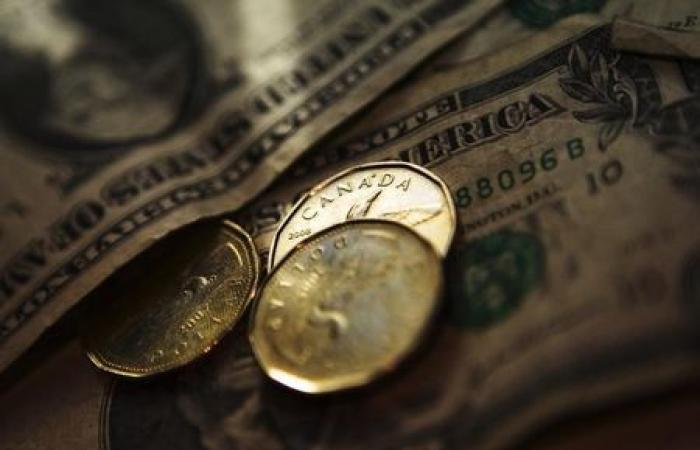The Australian and New Zealand dollars hit fresh 17-year highs against the low-yielding yen on Monday on persistent carry trade demand, although the risk of a pullback looms as Japan sets to halt rapid decline of your currency.
Traders are also watching Australia’s May consumer price report, due out on Wednesday, and the US personal consumption expenditures (PCE) price index – the Federal Reserve’s favorite indicator for measure inflation -, which will be published on Friday, to find out how much relaxation there will be this year.
On Monday, the yen hit 106.27 yen, the highest level since October 2007, after rising a whopping 1.9% last week. The next important target is the 2007 high of 107.84.
However, with the yen approaching the key 160 level against the dollar and receiving daily warnings from Tokyo, the popular cross could be at risk of a sharp decline. The Australian dollar lost 5 yen in two days in late April when Japan intervened in the market.
The kiwi showed some signs of fatigue after climbing to a new 17-year high of 97.92 yen on Monday and was last down 0.3% at 97.5 yen. Last week it rose 1.1% against the yen.
Consumer prices in Australia are expected to fall by around 0.2% on the month, but the annual rate is likely to rebound to 3.8% from 3.6%. This will be reflected in the quarterly report to be published at the end of July, a few days before the August meeting of the Reserve Bank of Australia’s board of directors.
Markets see little chance of easing until April next year. By then, futures imply that US rates will have fallen by 100 basis points.
This is one of the reasons why the Aussie has held in its recent range of $0.6580-$0.6710 against the strength of the US dollar. It was down 0.1% at $0.6633, having made a small 0.4% gain last week.
Joseph Capurso, head of international economics at Commonwealth Bank of Australia, expects the Aussie to trade within a narrow range of $0.66-$0.67 this week.
“AUD/USD could ease slightly if Australia’s CPI gauge is weaker than the consensus economists expect.”
The kiwi fell 0.2% to $0.6108, after falling 0.4% last week.






